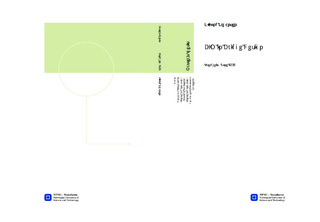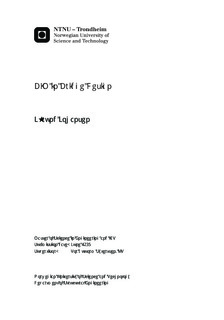| dc.description.abstract | Building Information Modeling (BIM) is a relatively new technology and work process.The main idea is to model 3D objects and store the information in a database such that this information can easily be extracted and viewed from these objects.The construction sector has more or less employed full BIM, however, the infrastructure sector has not incorporated the new technology in the same fashion.In this thesis, modeling of a specific bridge structure using the BIM tool Autodesk® Revit 2013, and the current bridge design process used at Norconsult were analyzed in order to evaluate the advantages and challenges of using BIM in bridge design.In order for Revit to be applicable it has to be able to accurately design the structure and provide the necessarydocumentation, as well as incorporate the steps leading up to, and following the bridge design, satisfactory.The main conclusions are:- There is a future for BIM in bridge design.- Advantages by utilizing BIM in bridge design have been shown through pilot projects.- The collaboration of the Revit model with road and underlay models (2D models displaying the projection of a structure on the horizontal plane) for reference is satisfactory, however the road geometry has to be appropriate for BIM purposes.- The use of Robot was not studied extensively in this thesis; however, non-standard geometry makes the incorporation of Robot difficult.- Although this thesis does not explicitly investigate the representation of the model created in Revit with other disciplines, there is documentation showing successful interplay in this regard.- The reinforcement tool included in Revit works well when modeling standard objects, but needs improvements in terms of modeling curved objects.- In terms of being able to effectively utilize BIM, the skill level of the user is of major importance; in the most extreme cases it can dictate whether or not a task can be done. | nb_NO |

